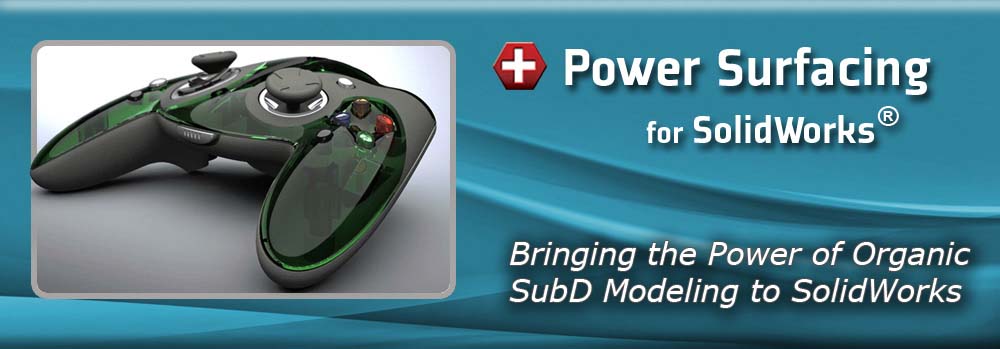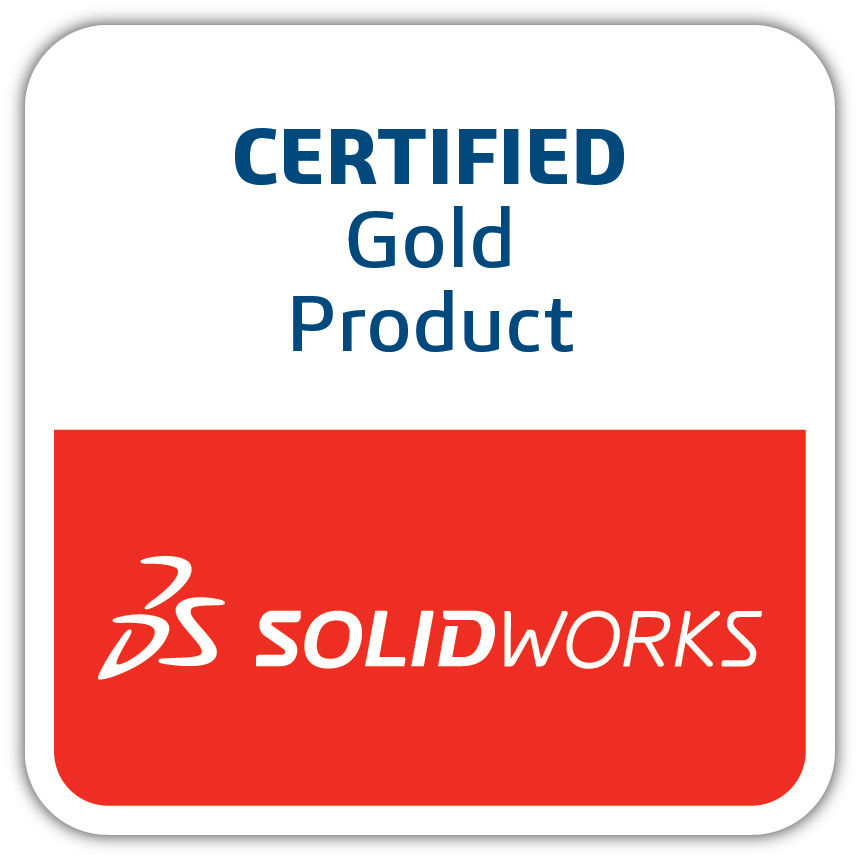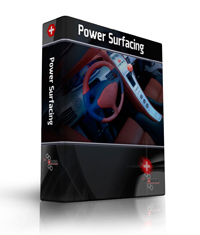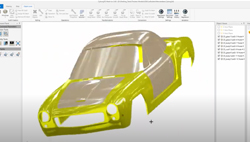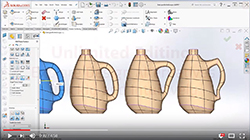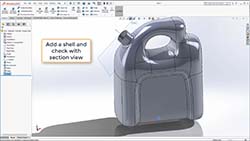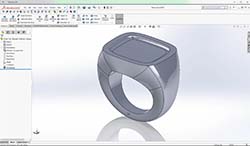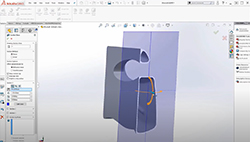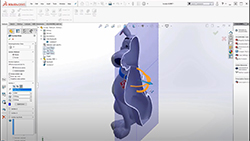Quick Links
 Power Surfacing wins Gold Medal at SolidWorks World! See nominating article - "nPower Makes SolidWorks a Surfacing Monster" |
Editor's Pick of the Week |
![]()
- Do you need to do industrial design in SOLIDWORKS®?
- Do you struggle to create freeform/organic shapes with SOLIDWORKS®?
- Do you avoid making changes to surface features because it is too time consuming?
- Do you have difficulty creating aesthetically pleasing Class A surfaces with tangent and curvature continuity?
- Are you forced to utilize software other than SOLIDWORKS® for designing organic shaped components?
- Do you need to import polygonal objects created outside of SOLIDWORKS®?
Sign up for a free 30 min. Power Surfacing Webinar
We have an answer that may work for you! Power Surfacing is a revolutionary SOLIDWORKS® industrial design add-in that will fundamentally change the way that engineers and designers design parts in SOLIDWORKS®. Power Surfacing makes it easy and fun to design complex free form aesthetically pleasing Class A surfaces in SOLIDWORKS®. No longer will you have to fight with patching a set of trimmed surfaces together to form complex curved shapes; manipulating Power Surfacing parts is as simple as modeling with clay. With the release of Version 4.1 we have turned our Power Body objects into macro features so that they behave more like typical SOLIDWORKS® features, and they can be created and edited directly from SOLIDWORKS® assemblies. And you can now easily use Power Surfacing bodies as instances or references.
Please sign up for our Twitter feed:
![]() Click Here
Click Here
Product Features
- Primitive Shapes - Box, Cylinder, Torus, etc.
- Creation from SOLIDWORKS® Sketches
- Import Existing Meshes: Obj or FBX from modo, 3ds Max, Maya, etc.
(for STL scan/ZBrush/Topology Study meshes see Power Surfacing RE) - Dynamic Push-Pull Editing, Constrained Editing, Soft Selection
- Basic Modeling Tools: Extrude, Inset, Insert Loops, Bridge
- Intermediate Tools: Mirror, Bend, Edge Weighting, Subdivide
- Advanced Modeling Tools: Extend, Edge Extrude, Insert Edge, Shell, Thicken, etc.
- Conversion to Class A SOLIDWORKS® Surface or Solid Bodies
- Integration with SOLIDWORKS® Feature Tree Editing
Benefits
Neither Sub-D (Subdivision Surface) modeling nor NURBS modeling can effectively solve all 3-D design problems. Each has strengths and weaknesses. Sub-D modeling is great at producing and modifying complex freeform / organic shapes with smooth surfaces. NURBS modeling is good at combining shapes via. Boolean and Feature operations as well as refining shapes with operations like filleting, blending and face editing. We really see Power Surfacing as a novel and powerful unification piece between these two technologies. Being able to use both modeling paradigms together in the modeling process provides huge productivity advantages in both the design and revision process. With the ability to connect Power Surface Sub-D objects directly to existing SOLIDWORKS® objects and to update the Sub-D to correspond to history tree modifications. Power Surfacing essentially provides dimension driven Sub-D modeling. Power Surfacing freeform design combined with SOLIDWORKS® parametric design provides SOLIDWORKS® users with a ground breaking Industrial Design toolkit.
Some of the industries supported by Power Surfacing include:
- - Industrial Design
- - Ergonomics
- - Sporting goods & clothing
- - Toys
- - Character design
- - Powertools and other handheld devices
- - Jewelry
- - Cutlery
- - Furniture
- - Automotive
- - Art
- - Packaging
- - Robotics







 Phone: +1-858-592-8866
Phone: +1-858-592-8866
